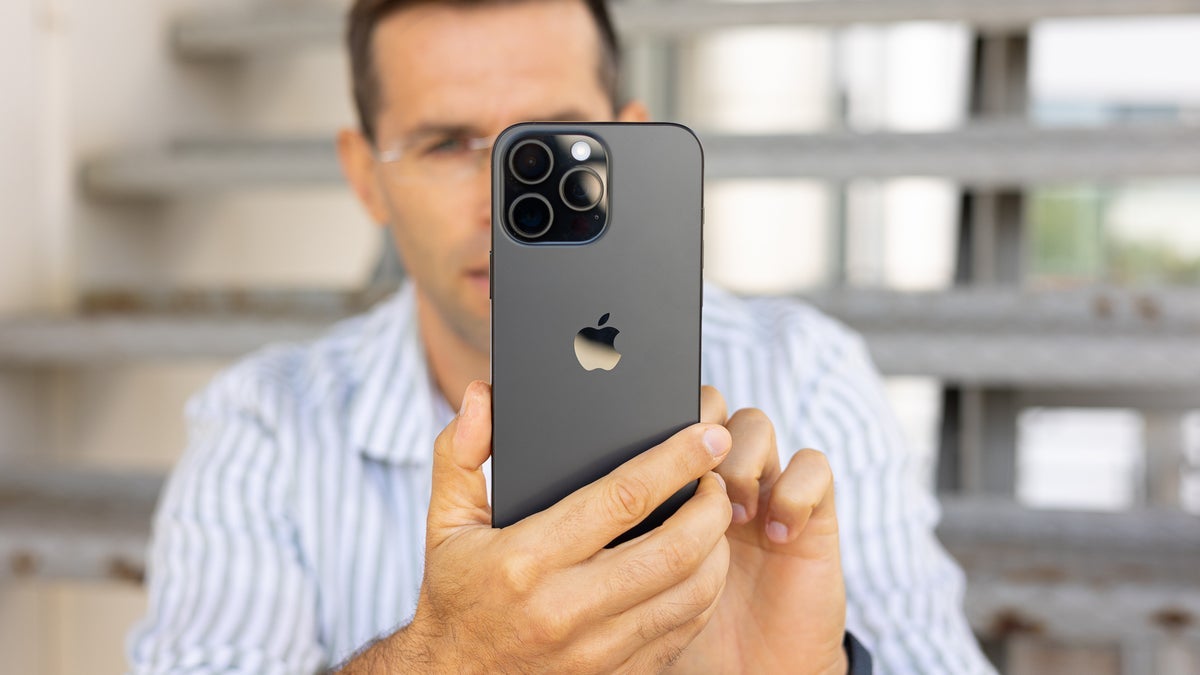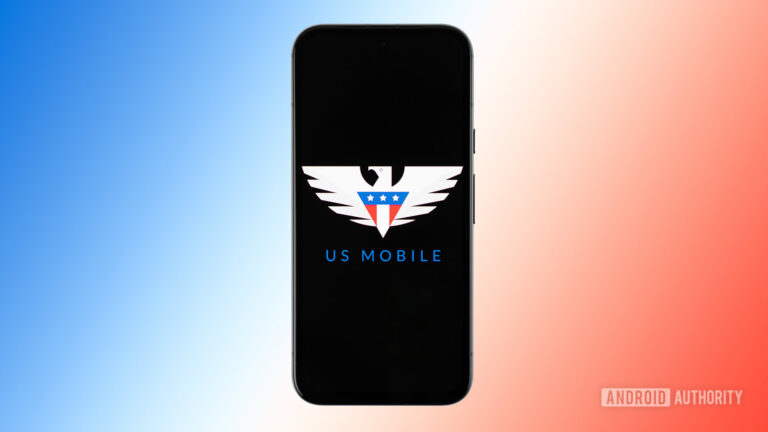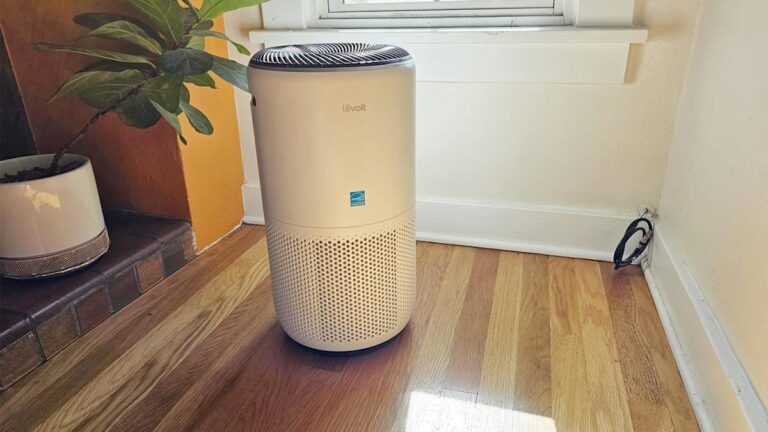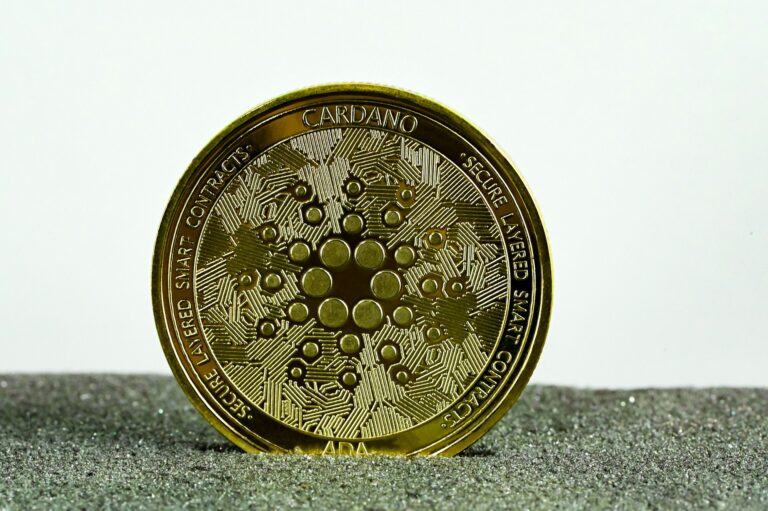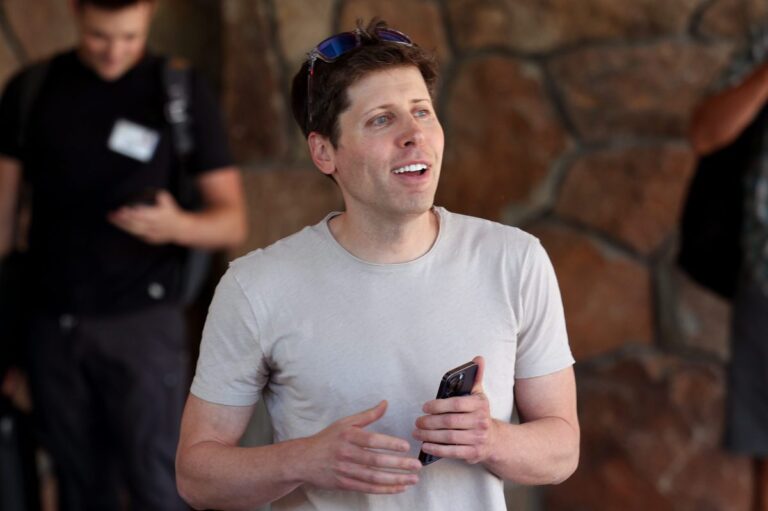Is Apple building an iPhone camera to match human vision?
The patent is called “Image Sensor With Stacked Pixels Having High Dynamic Range And Low Noise”. The filing describes an advanced sensor architecture that uses stacked silicon and multiple levels of light capture. There are nose suppression mechanisms on the chip. And the sensor can reach up to 20 stops of dynamic range.
Basically, the dynamic range of the human eye is approximately (estimated) around 20 or 30 stops. This depends on how the pupil adjusts and how light is processed, including over time.
Meanwhile, cameras today capture between 10 and 13 stops. The word ‘stops’ here is used to describe steps or levels of brightness difference (between the darkest shadows and brightest highlights) that the sensor can detect.
If Apple indeed manages to pull this off, it would surpass even many professional cinema cameras.
The patent describes a stacked sensor made up of two layers. The top layer (called the sensor die) contains the parts that capture light. The other layer (the logic die) is responsible for processing, noise reduction, and exposure control.

iPhone 16 Pro. | Image Credit – PhoneArena
Right now, Apple uses sensors made by Sony in iPhones. These sensors also offer a two-layer design, but Apple’s patent describes several original features and takes up less space.
Apple’s design features a system called Lateral Overflow Integration Capacitor (LOFIC). Yep, this fancy name basically means that each pixel in the sensor stores different amounts of light depending on how bright the scene is. This way, the sensor can handle extreme lighting differences in one single scene: like a person in front of a bright window. And reportedly, it won’t lose details in shadows or highlights.
Meanwhile, image noise and grain are reduced as well in this system design. Each pixel has its own memory circuit, measuring and cancelling out electronic noise (in real time!). This is done even before the image is saved or edited by software.
This patent sounds extremely fancy, even if you’re not a professional photographer. But it’s important to note that not every time Apple files a patent, the system comes to fruition. One is for certain, though – Apple is interested in innovating when it comes to iPhone cameras and is actively doing research. Just not in time for the iPhone 17, though. I find this incredibly cool. I’m a huge fan of cameras producing images exactly how I see them – and as such, I rarely find this in smartphone cameras. But if Apple is able to pull it off with an iPhone… oh, well, let’s say this iPhone is definitely going to be worth upgrading to.
